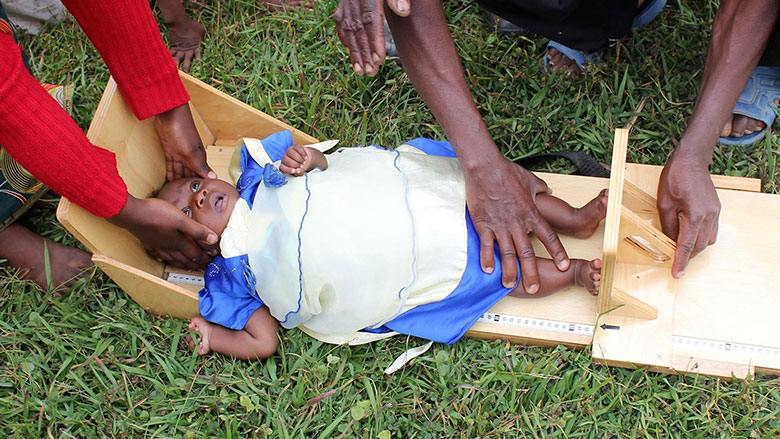Challenge
Rwanda has made remarkable progress on infant, child and maternal mortality, meeting or exceeding most goals. However, stunting remained stubbornly high at about 38 percent in 2015 and affected nearly 50 percent of the poorest children. In 2017, the government made a high-level political commitment to drastically reduce stunting, recognizing it impeded cognitive development, educational attainment, and lifetime earnings and deprived the economy of critical human capital to attaining middle-income status. Analytical work in 2018 found that 24 percent of children under the age of 2 received adequate care, 34 percent of children had a minimally acceptable diet, 37 percent had adequate environmental health, and only four percent had access to all three critical dimensions, underscoring the importance of a multi-sectoral approach. Rwanda became one of the early adopters of the Human Capital Project and the Stunting Prevention and Reduction project (SPRP), the centerpiece of a broader World Bank program to reduce stunting, and secure a healthy, productive future for children.
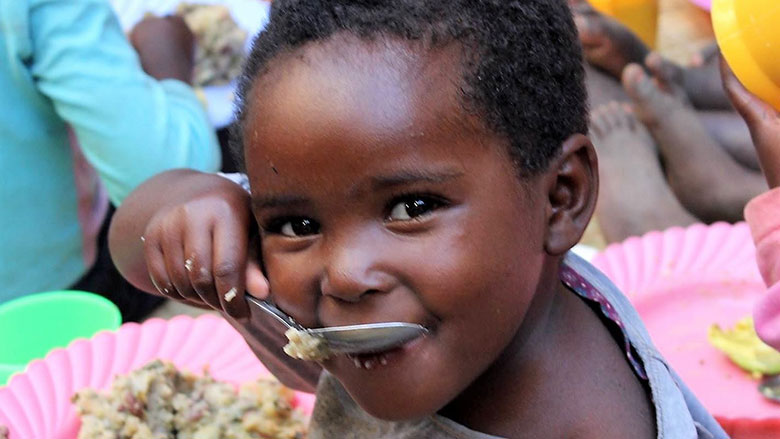
Approach
To respond to the government’s bold vision and staunch commitment, the World Bank developed one program with three projects (health, social protection and agriculture) supporting a set of innovative supply and demand side interventions. The World Bank produced an investment case and leveraged global evidence to target 13 high-burden stunting districts and children from the lowest wealth quintiles in the critical 1,000-day window.
The SPRP aims to raise awareness and change behavior around stunting (Kugwingira);increase coverage and quality of high-impact health/nutrition interventions; revamp the flagship Community Health Worker (CHW) Program which plays a pivotal role; support home-based early childhood development, providing poor children basic food, early stimulation, and a protective environment; and enhance accountability mechanisms through incentive payments and districts grants. The project was underpinned by a strong learning agenda with continual reporting of results and taking of corrective measures as well as an impact evaluation.
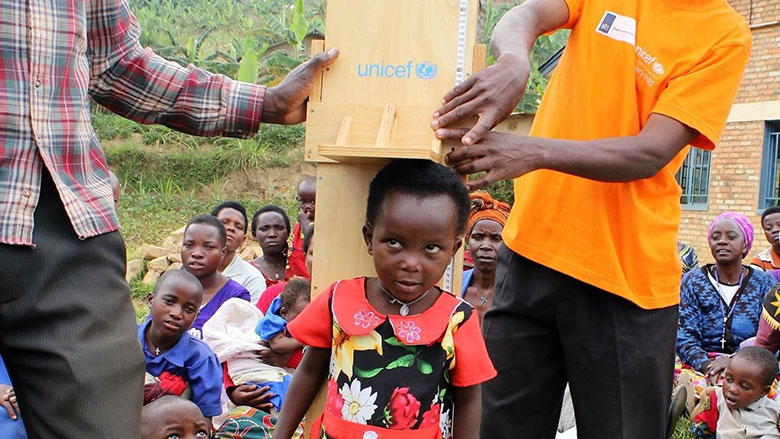
Results
These are the initial project results:
- Improved coverage of high-impact interventions while incentivizing uptake through the social protection project.
- Children 6-59 months screened for height/age rose from 73 percent (2017) to 83 percent (2019) and those screened for malnutrition using Mid Upper-Arm Circumference reached over 3.2 million.
- Pregnant women who attended first antenatal care visit during first trimester increased from 42 percent (2017) to 51 percent (2019), and those who attended four or more Ante-Natal Clinic visits during their most recent pregnancy rose from 36 percent (2017) to 41 percent (2019).
- Children 6-23 months who received micronutrients supplementation (ONGERA) increased from 18 percent (2017) to 88 percent (2019).
- Addressed pervasive levels of food insecurity among vulnerable households through an early project restructuring to support the provision of Fortified Blended Food, targeting children and women from the lowest quintiles in the 13 priority districts. From September 2019 to July 2020 coverage rose from 94 percent to 100 percent for children, and from 11 percent to 42 percent for pregnant and lactating women in the 13 districts as the eligibility criteria was expanded.
- Expanded rapidly home-based Early Childhood Development (ECD) sites targeting the most vulnerable households with a total of over 8,000 ECD sites supported under the SPRP in the 13 districts, reaching over 162,000 children who benefited from nutrition support, stimulation, and growth monitoring.
- Rolled out behavior change communication to make stunting no longer an invisible problem. A Child Length Mat customized to the Rwandan context is helping families visualize child growth and urging them to intervene early while communication campaigns on feeding/water/hygiene practices are raising awareness.
- Reformed the CHW program by introducing certification, accreditation and competency-based assessments with roughly 26,500 CHWs trained on the new integrated curriculum; and strengthening supervision/mentorship with a steep rise in CHWs receiving supportive supervision visits from 40 percent (2017) to 86 percent (2019).
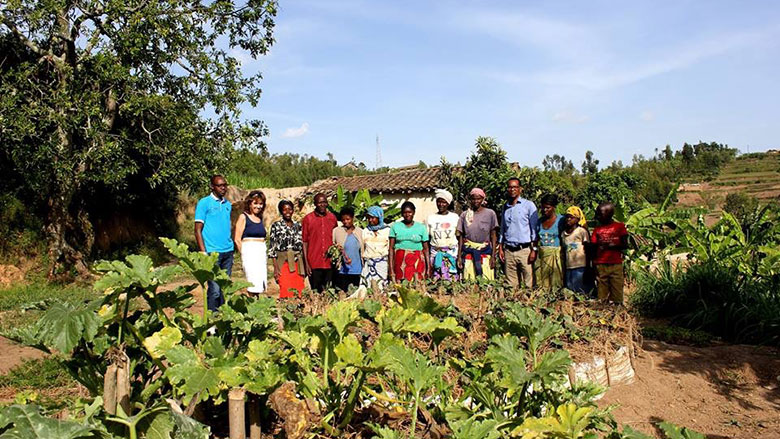
World Bank Group Contribution
The $55 million for the SPRP was underpinned by analytic work on the determinants of stunting in Rwanda (2017) and funded through a $25 million International Development Association (IDA) credit. The Strengthening Social Protection Project was funded through a $80 million IDA credit, and a $23 million grant ($15 million from the Power of Nutrition Foundation, and $8 million from the Global Financing Facility). The Agriculture Project was funded through a $26.3 million trust fund. The investment operations were complemented by a Nutrition Expenditure Review (2019) and a comprehensive budget evaluation.
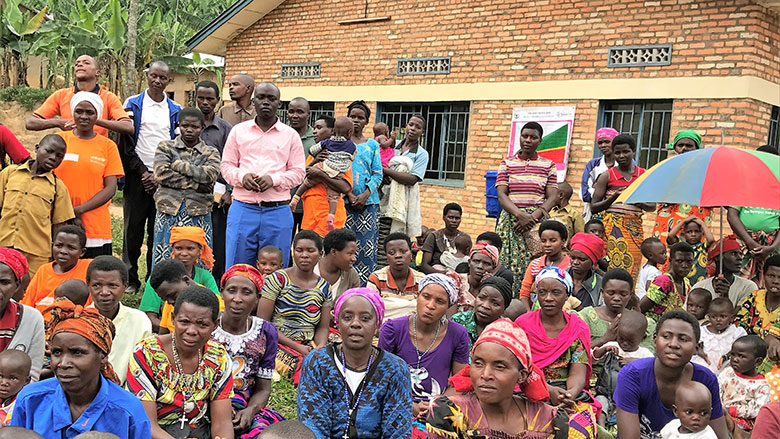
Partners
At the country level, the World Bank is an active member of several technical working groups (Food, Nutrition, and WASH; a national donor coordination mechanism for the Scaling Up Nutrition movement), chaired by the National Early Childhood Development Program (NECDP) and the United States Agency for International Development. These include participation from a wide range of local stakeholders with whom the World Bank collaborates and coordinates activities (e.g. the United Nations Children's Fund, Japan International Cooperation Agency, and the Clinton Health Access Initiative). The quarterly consultations, under the government’s leadership, are instrumental in ensuring that donor-supported interventions are well aligned to national plans and mutually complementary, discussing achievements, and resolving implementation bottlenecks. The Global Financing Facility/World Bank is supporting the NECDP to develop tools to strengthen oversight and coordination.
The World Bank mobilized $10 million grant funding from the Global Financing Facility and $20 million from the Power of Nutrition foundation.
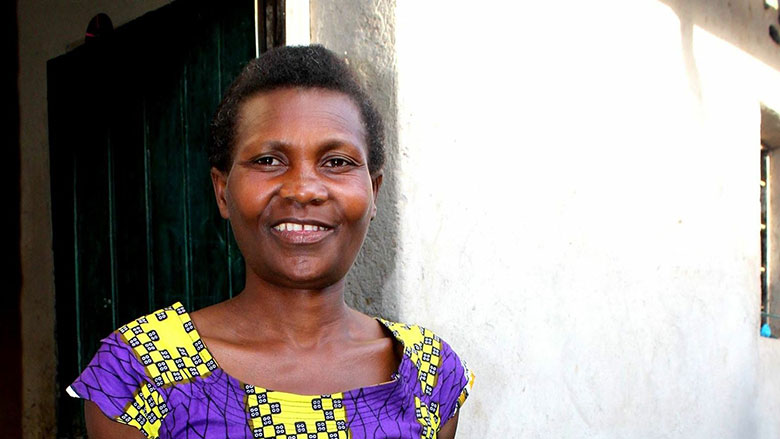
Moving Forward
Initial results are promising in terms of scaling up high-impact interventions, and empowering service providers, CHWs, and parents to take ownership of the stunting agenda. The COVID-19 pandemic runs the risk of exacerbating food insecurity and setting back progress made. Moving forward, it will be important to: (i) accelerate implementation and ensure the poorest receive the full range critical interventions; (ii) continue to document lessons, improve routine monitoring, and take corrective actions; (iii) strengthen district capacity; (iv) ensure efficient and sustainable financing; and (v) stay on course as stunting reduction is complex and will take time.
Beneficiaries
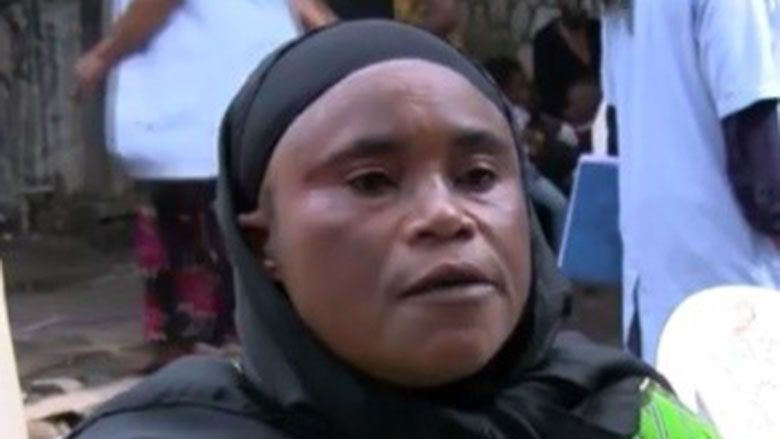
Cooking demonstrations led by CHWs at Village Kitchen Gardens, Rubavu district, Bugoyi village
“CHWs play an important role in the fight against malnutrition. We, the parents, cannot do without them. They help us to keep track of our children’s growth, regularly calling on us, and encouraging us, to weigh our children. They have taught us what a balanced diet is and how to prepare it. Today, I prepare a balanced diet for my children, ensuring I include meat or fish.”
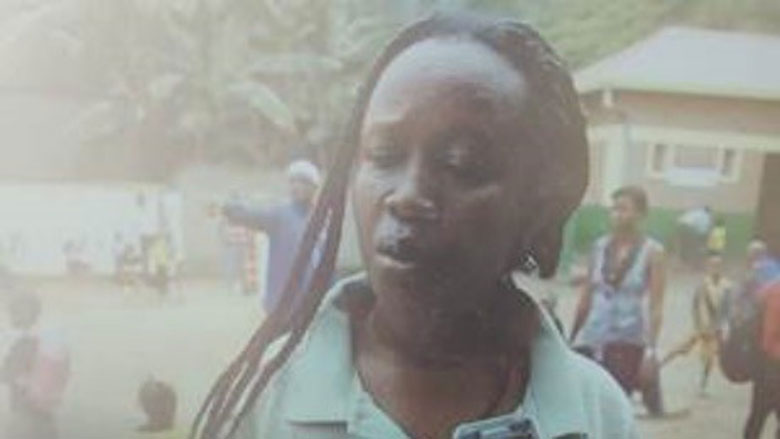
Home-based ECD sites provide a protective environment and allow mothers to work
“Before the establishment of the Majengo ECD, I was facing problems caring for my child, as I have a heavy workload and start from early morning. On occasion, I left my child in the village without any supervision of an adult. Taking my child to the ECD was the best response to my problem. I can now go to work knowing my child is well looked after.”
Mother who operates cross border activities and beneficiary of ECD services - Majengo ECD, Rubavu district.
